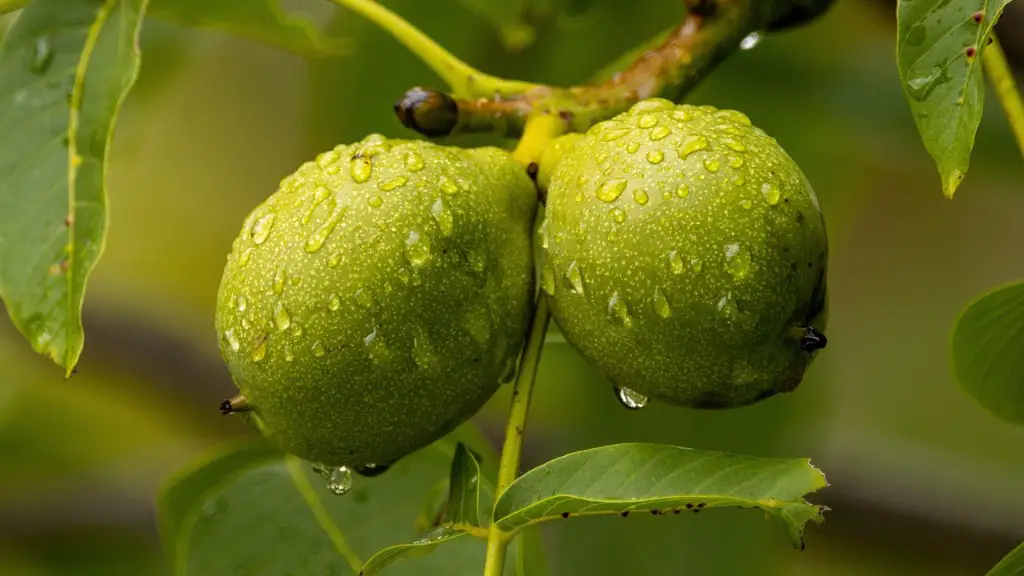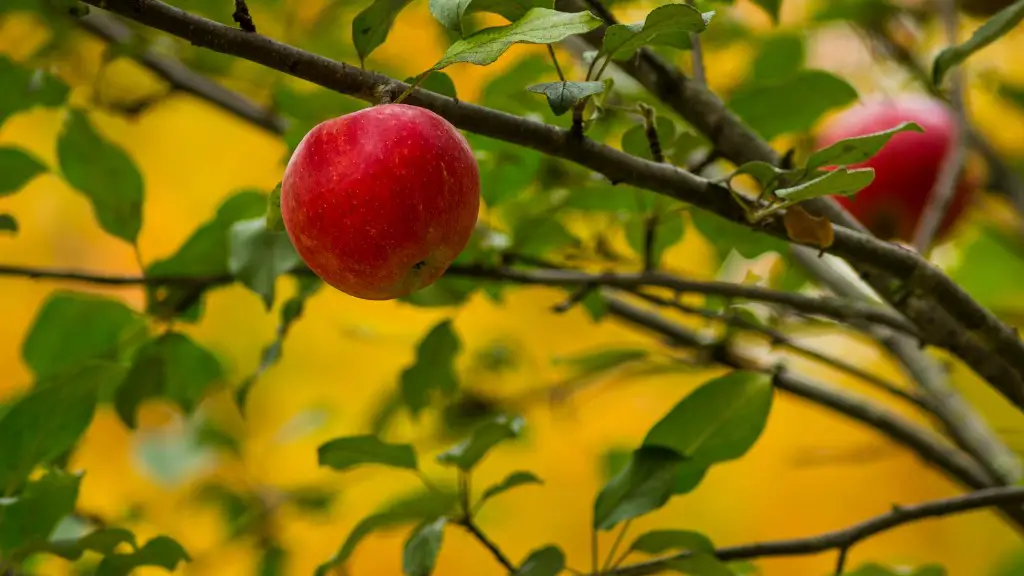Growing a lemon tree in the comfort of your own home can be an exciting and gratifying experience. Many people have enjoyed this fertility offering of Mother Nature. Today, many lemon tree varieties are perfectly adapted to grow indoors in a pot or a container. Here are some tips to get you started on your small lemon tree adventure:
First and foremost, choose a variety of Lemon Tree that is suited for indoor spaces. Meyer Lemon and Dwarf Eureka Lemon are two excellent varieties that work well indoors. This is a crucial step as it will help you identify if the environment and temperatures required for the lemon tree to flourish indoors.
Once you have chosen the variety, pick a container that is deep enough for your lemon tree’s root and must have drainage holes. The size of the container will depend on the variety of lemon tree, but it should be at least two-thirds the size of the lemon tree when it’s fully grown. Try to get a lightweight planter with a removable saucer, as this will make for easy potting and replanting when needed.
Next, you will need potting soil specifically designed for citrus trees. This will provide the lemon tree with the nitrogen, potassium, and phosphorous it needs. You can top the potting soil with an organic material such as dry grass clippings, dry leaves, or coco-peat to promote healthy drainage and aeration.
It is essential to wet the soil before planting. This will ensure moisture is evenly distributed throughout. Now you can start planting the lemon tree by carefully placing the root ball into the container. Then, add soil around it and make sure the lemon tree is firmly in the pot. Gently press the soil around the root and give it a gentle shake for even distribution.
Place the lemon tree in an area that does not experience direct sunlight, preferably near a window. If that’s not feasible, place it in a cool and draught-free part of the house. Ensure the temperature never drops below 12°C (54°F) and it should be bright and warm. If the lemon tree shows signs of yellowing or drying, give it some diluted liquid fertilizer or compost tea.
Water the lemon tree regularly, but it should not be standing in water as this could lead to root rot. Equal amounts of water for each watering session is best, and you should only water it when the surface begins to feel dry. Controlling humidity levels with a humidity tray or regular misting is a great way to help the indoor lemon tree thrive.
Pruning Your Indoor Lemon Tree
Pruning is an important part of lemon tree care. Proper pruning is essential for helping the tree grow in the desired shape and for promoting healthy and abundant fruit production. Focus on pruning away any branches that are growing towards the center of the tree as well as any weak, overcrowded, or broken branches. Additionally, make sure to prune any dead or diseased branches. Pruning should be done annually in the fall or winter season.
Fertilizing Your Indoor Lemon Tree
Fertilizing your indoor lemon tree regularly will help promote lush foliage and abundant fruit production. Begin fertilizing in the springtime when new growth appears and continue throughout the summer. Choose a fertilizer specifically formulated for citrus trees and follow the package instructions. It is important to remember that too much fertilizer can burn and damage the roots, so try to avoid overfertilizing.
Harvesting Your Lemon Tree
When the fruit of your lemon tree is ripe, it is time to harvest it. This will usually take anywhere from 8 to 10 months, depending on the variety and climate conditions. Make sure to pick the fruit when it is at its peak, as this will ensure optimal flavor and fragrance. Place your hands around the fruit and twist it to gently remove it from the tree.
Repotting Your Indoor Lemon Tree
It is essential to repot your indoor lemon tree every two years in order to promote fresh and healthy soil. Begin this process by removing the tree from the pot, gently shaking off any excess soil and roots. You may need to cut away any roots that have become tangled or dense. Now you can place the tree in the new pot and fill it with fresh potting soil. Water the lemon tree thoroughly after repotting and place it in an area with bright light.
Caring For Your Indoor Lemon Tree
To provide the best conditions for your lemon tree, try to keep humidity levels above 50%. You can achieve this by placing the lemon tree in a tray filled with water and gravel, or with regular misting. Additionally, always make sure to keep the soil moist but never wet, as this could lead to root rot. A bi-Monthly feeding with a diluted fertilize can also help keep the tree healthy.
Troubleshooting Common Issues of An Indoor Lemon Tree
One of the common problems among indoor lemon trees is pests and diseases. These can include root-knot nematodes, scales, citrus rust mites, and aphids. If a disease is suspected, try to identify the symptoms first and take action immediately. Additionally, make sure to monitor the limbs and bark of the lemon tree; abscission, which is the natural process of the tree naturally shedding leaves, should not happen very often. Finally, completely avoid using any chemical pesticides as this can be detrimental to the health of the lemon tree.



